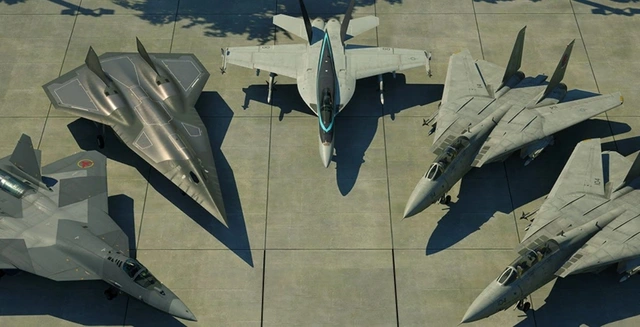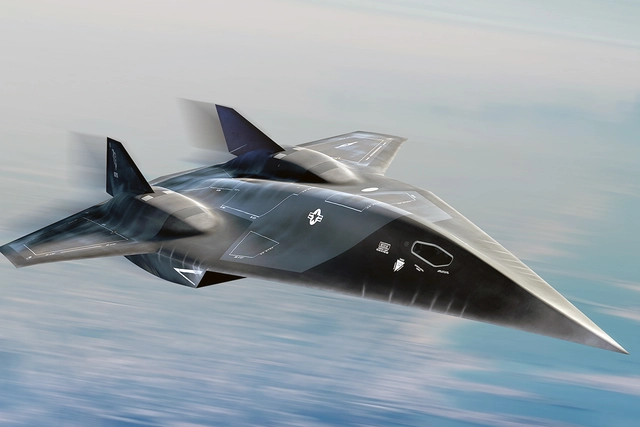Mach numbers are a cool way to measure speed compared to the sound in the air or water around us. It’s like a special number that doesn’t need units, just a ratio of how fast an object is moving to the speed of sound nearby. Imagine an object moving just as fast as sound—its Mach number would be 1. If it goes twice as fast, that’s Mach 2, and so on.
Mach 10’s Velocity in Comparison to Other Speeds
The actual speed of sound changes based on things like temperature and pressure, which can be different at different heights and weather situations. Think about the air at sea level and a comfortable 15°C. At those conditions, sound cruises at about 340 meters per second, which is about 1,235 kilometers per hour. So, Mach 1 in these conditions is also 340 meters per second or 1,235 kilometers per hour.
Now, buckle up, because Mach 10 takes us on a wild ride—10 times faster than Mach 1. At sea level and 15°C, Mach 10 zooms at around 3,400 meters per second, hitting a whopping 12,250 kilometers per hour. That’s faster than a bullet, which usually dashes along at roughly 760 meters per second or 2,740 kilometers per hour. It’s even speedier than the escape velocity of Earth, clocking in at about 11,200 kilometers per hour. To add some cosmic perspective, Mach 10 claims just about 3% of the speed of light in a vacuum, which zooms at around 300,000 kilometers per second.
The Blazing Speed of Mach 10 in Top Gun: Maverick
Get ready for the sequel that’s been on everyone’s radar—Top Gun: Maverick. This film marks the return of Tom Cruise as the unforgettable fighter pilot Pete “Maverick” Mitchell. Unlike many movies today, Maverick aims to dazzle with heart-stopping aerial stunts that rely less on computer trickery and more on real thrills. Amidst the adrenaline rush, Maverick rockets through the skies at Mach 10—a velocity that’s not just fast, but nearly unheard of. But what’s the scoop on Mach 10, and what’s it mean for Maverick and his high-flying machine?
To pull off this kind of speed, Maverick and his craft have to conquer quite a few challenges. One major challenge is drag—it’s like air pushing back against a fast-moving object. The faster you go, the harder that pushback becomes. Overcoming drag means needing lots of thrust, the kind of power that shoves an object forward, plus a slick, aerodynamic shape to lessen the drag.
However, breaching such astronomical thresholds necessitates surmounting an array of challenges. Among these hurdles, the drag force stands prominent—a resistance bestowed upon a moving object by the encompassing fluid, often air. Drag force burgeons exponentially with the square of velocity, signifying that as an entity accelerates, the drag burden intensifies. Overcoming this impediment mandates robust thrust, the propellant force pushing the object ahead, and an aerodynamic silhouette to curtail the drag coefficient.
Heat is another tricky challenge. At super high speeds, an object moving through air rubs against the air molecules, making them hot, and squeezes them, which also heats things up. This raises the temperature of both the object and the air dramatically. Picture Mach 10 in the air at sea level and 15°C—air ahead of the object can hit a scorching 3,000°C. To handle this intense heat, you need materials that can take the heat, like titanium or ceramic, and a smart cooling system, maybe with liquid nitrogen or water.
In Top Gun: Maverick, Maverick pilots a hypersonic scramjet prototype called Darkstar3. This unique craft revs up with a supersonic combustion ramjet engine, shooting it to Mach 10. A scramjet engine can handle supersonic speeds by squeezing and igniting air without slowing it down. But Maverick’s daring flight pushes Darkstar’s limits when he pushes past Mach 104, risking not just his mission but his career and life.
The Significance of Mach 10

In the history of flight, only a few have dared to explore speeds of Mach 10 or beyond within Earth’s atmosphere. Some standout examples include:
The X-43A Scramjet, an experimental unmanned aerial craft that harnessed a supersonic combustion ramjet engine to propel itself to Mach 9.6 in 2004 and achieve Mach 10.6 in 2006. A scramjet, a variant of jet propulsion, maneuvers through supersonic realms by compressing and igniting the air coursing through it, without inducing a slowdown.
The HTV-2, a test-bed unmanned glider, was catapulted into the skies by a rocket and subsequently detached to navigate hypersonic domains. It attained Mach 20 (approximately 24,500 kilometers per hour) on its inaugural flight in 2010, albeit losing communication after nine minutes. Subsequent attempts in 2011 realized Mach 17 (around 20,900 kilometers per hour), culminating in an unfortunate oceanic crash.
The Zircon, a hypersonic cruise missile, has emerged from Russian laboratories as a fully developed marvel. Bolstered by an expected speed ranging from Mach 8 to Mach 9 (approximately 9,800 to 11,000 kilometers per hour) and a remarkable range surpassing 1,000 kilometers, this missile showcases its prowess through submarine or ship deployment while outwitting missile defense systems via intricate maneuvers.
Conclusion
March 10 presides at an astonishing velocity, within reach of a mere handful of entities in aerial domains. Navigating such domains mandates the application of advanced technologies, ingenious engineering, and the dexterity to surmount obstacles spanning drag, thermal intensities, and stability concerns.
Mach 10 is an unbelievable speed that only a few can reach in the sky. It takes super-advanced technology and smart design to tackle the challenges of drag, heat, and staying stable. This kind of velocity has both incredible possibilities and serious challenges for military and everyday uses. As technology keeps moving ahead, we might see even more objects taking on or surpassing the Mach 10 mark.



